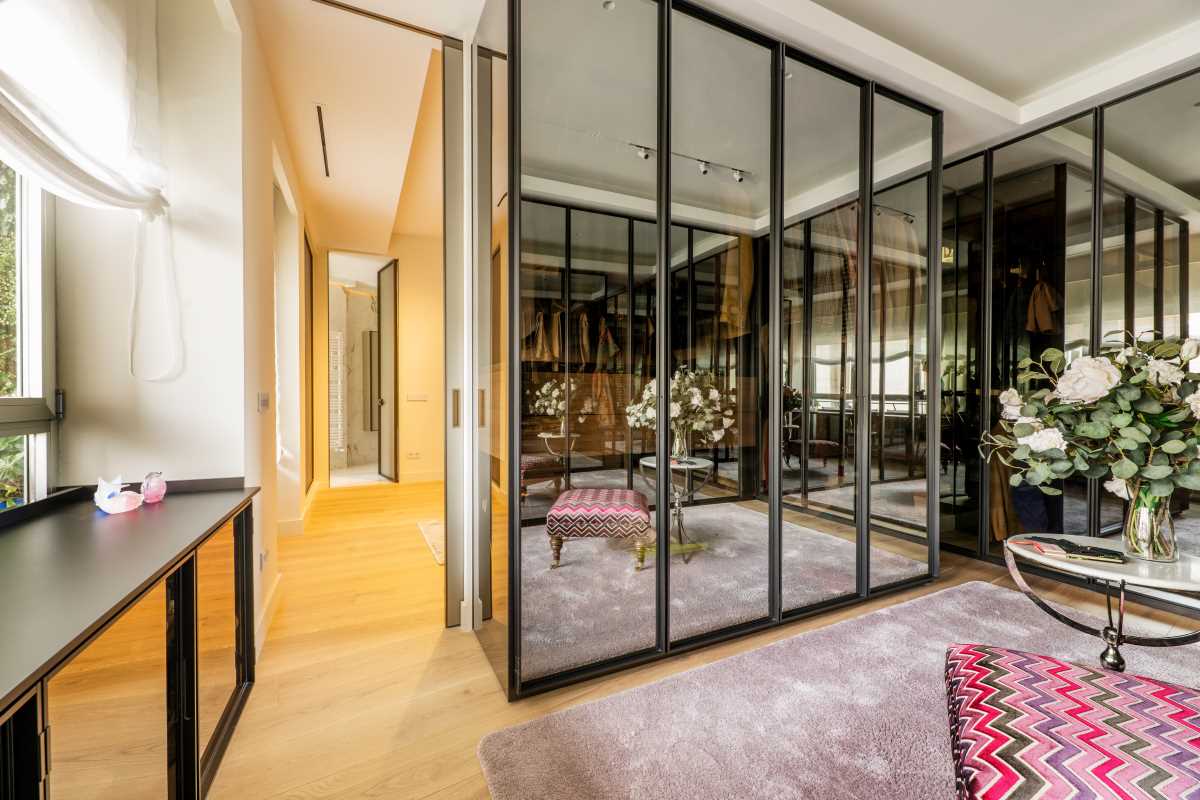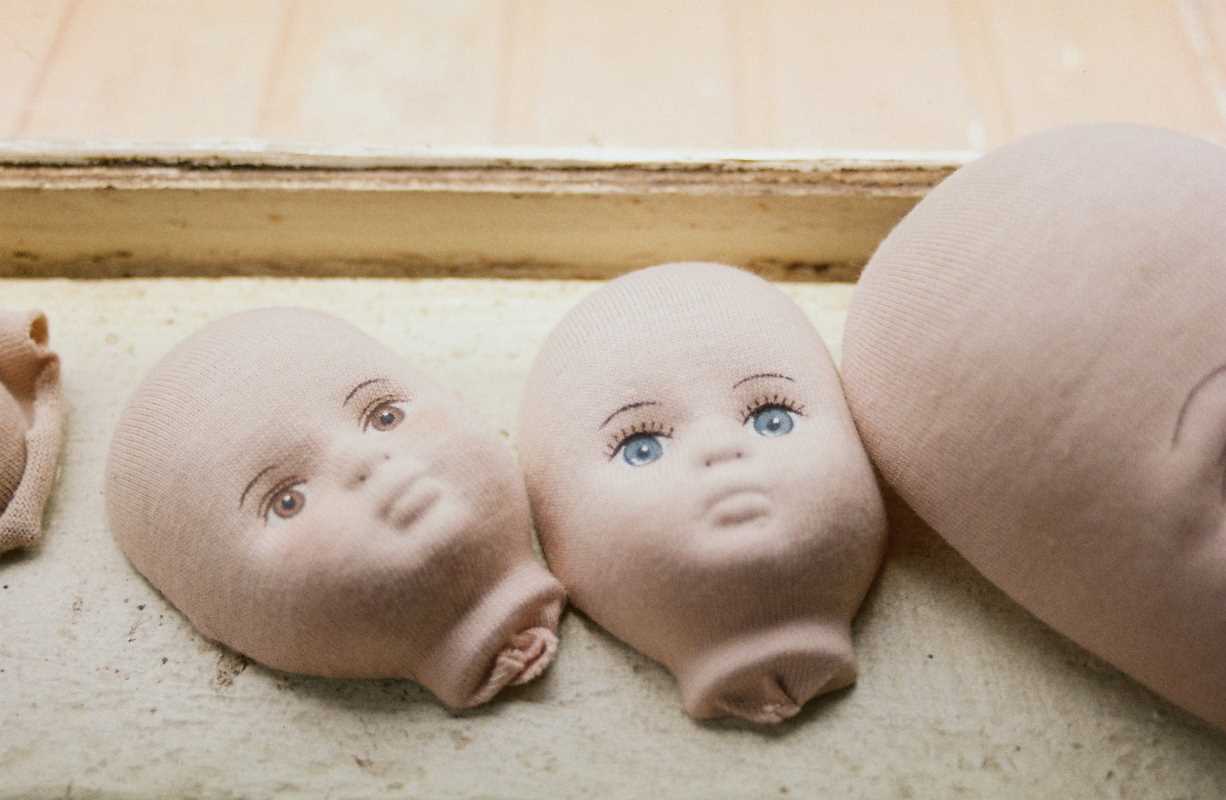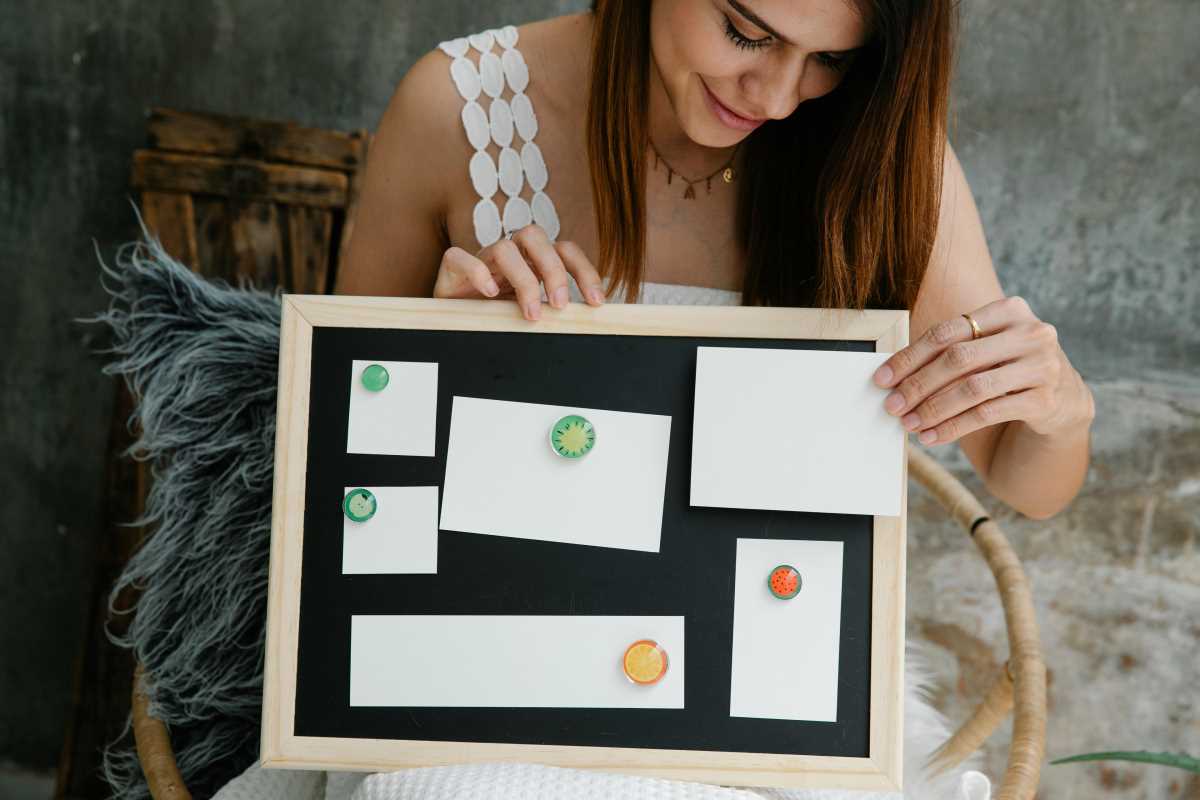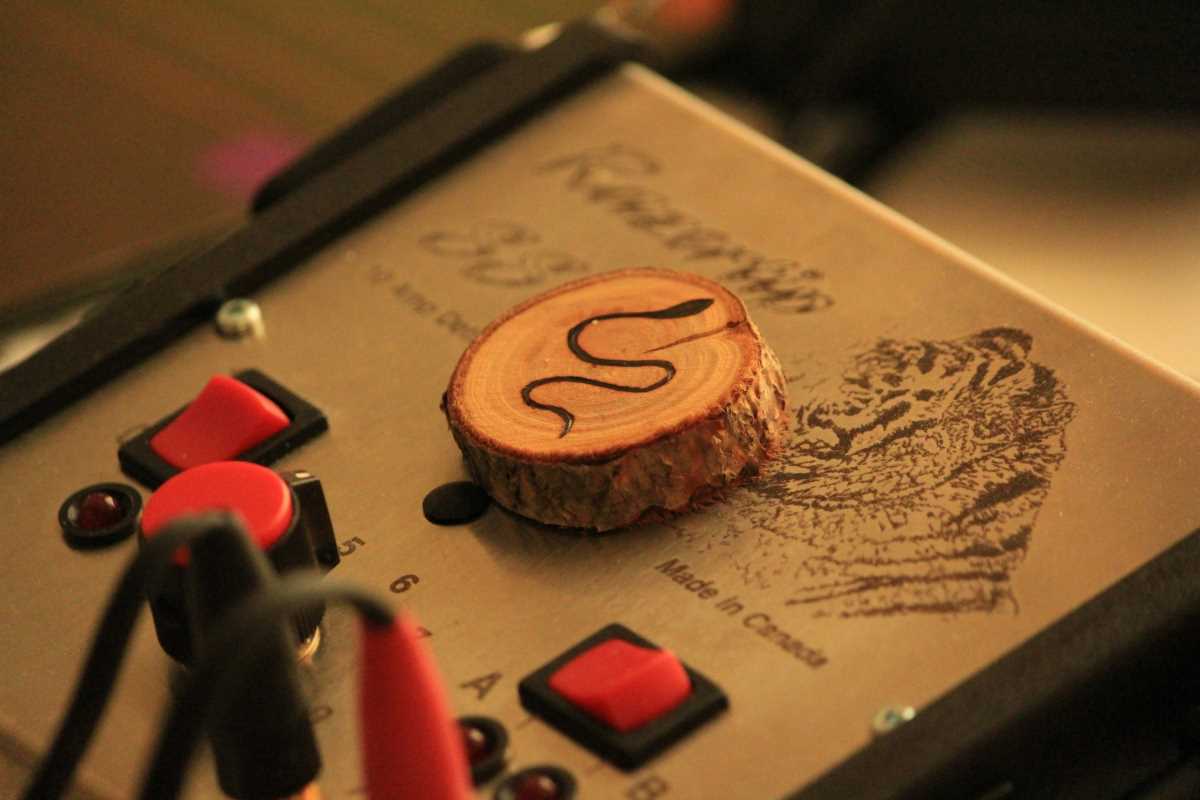Colorful petals overflowing from a vase instantly turn an ordinary space into a place that draws attention and sparks conversation. This guide walks through clear steps, starting with creative ways to view floral arrangements. You will then select the right flowers and tools that match your daily routine. Simple instructions make it easy to shape arrangements with balance and height, followed by styling tips that naturally catch the eye. The journey wraps up with practical advice on keeping your flowers looking fresh and bright for as long as possible. Every step encourages hands-on discovery from the very first bloom you pick.
Reimagining Floral Centerpieces
- Playing with unexpected vessels can change a bouquet’s personality. Swap a traditional glass vase for a shallow ceramic bowl or a low wooden tray. This shift makes the arrangement feel more grounded and invites closer inspection, turning a display into a tactile discovery as guests lean in to see the textures up close.
- Blending foliage textures reveals hidden contrasts. Cluster broad, glossy leaves near feathery ferns or curly willow branches. The juxtaposition pulls the eye along every curve and angle, letting subtle greens shine as brightly as colorful blooms without relying on flashier flowers alone.
- Using diagonal lines guides sightlines across surfaces. Angle tall stems from one side of the container toward the opposite edge. This visual path encourages the gaze to sweep across a coffee table or mantle, making the entire space feel more dynamic even in a smaller seating area.
- Layering heights creates a sense of discovery. Place lower blooms in front, mid-height stems in the center, and taller branches at the back. This tiered approach invites viewers to notice each flower in turn, rather than taking in everything at once and missing subtler details tucked behind.
- Incorporating found objects from nature adds a playful twist. Tuck in polished river stones, driftwood pieces, or slender reeds alongside fresh blooms. These elements ground the composition and emphasize the living textures of petals and leaves. The result feels curated, yet effortlessly organic.
Essential Tools and Materials
- Floral Shears
- Purpose: Create clean, angled cuts that promote better water absorption.
- Steps:
- Sanitize blades with rubbing alcohol before each use.
- Cut stems at a 45-degree angle to maximize surface area.
- Remove any leaves that would sit below the water line to prevent decay.
- Cost: $15–$20; available online and at craft stores.
- Insider Tip: Keep a sharpening stone nearby to maintain blade sharpness and avoid jagged cuts that promote bacterial growth.
- Floral Foam
- Purpose: Hold stems in place and provide hydration.
- Steps:
- Soak foam in water until it sinks—don’t force it under.
- Cut foam to fit container dimensions snugly.
- Press foam into your vessel and insert stems at various depths for visual layering.
- Metric: Standard brick size: 9×4×3 inches; approx. $10.
- Insider Tip: Wrap foam in a plastic liner before placing it in decorative bowls to prevent residue and ease cleanup.
- Water Vase
- Purpose: Hold and showcase floral arrangements while monitoring water levels.
- Steps:
- Rinse vase thoroughly with warm water.
- Fill halfway with clean tap or filtered water.
- Add flower food per packet instructions.
- Availability: Found in most home goods stores; priced $8–$30.
- Insider Tip: Use tinted glass to subtly hide water discoloration while keeping stems visible.
- Flower Food Packets
- Purpose: Extend the life of blooms and reduce bacterial growth.
- Steps:
- Add one packet to vase water.
- Stir until completely dissolved.
- Replace the water and food every two days.
- Cost: Around $5 for two packets.
- Insider Tip: Store extra packets in a sealed bag in the fridge to maintain potency.
- Decorative Picks
- Purpose: Add visual interest with embellishments like beads or ribbon.
- Steps:
- Select picks that match the arrangement’s color palette.
- Attach decor firmly before placing.
- Insert at a high or diagonal focal point for emphasis.
- Cost: Under $10 for a 10-pack.
- Insider Tip: Choose flexible wire picks that can be adjusted after insertion without disturbing the overall design.
Step-by-Step Arrangement Techniques
- Start by choosing focal flowers such as peonies or dahlias. Trim stems at an angle. Place them off-center to avoid symmetrical monotony. These main blooms set the tone for color and scale.
- Add secondary blooms like spray roses or small chrysanthemums around your focal points. Ensure these support but don’t overpower the primary flowers. Insert at varied angles to create depth.
- Use eucalyptus or salal leaves for foliage. Position a few sprigs near the base for fullness and a few tall ones behind. This frames the blooms and provides a background.
- Insert accent elements last, such as curly willow or branches with berries. These should extend beyond the main mass to draw the eye outward and introduce sculptural movement.
- Rotate the container as you work. Step back frequently to view from multiple angles, making sure each side looks intentional and balanced. This habit prevents lopsided arrangements before you finish.
Creating Visual Impact
Place your design on a textured surface—a reclaimed wood coffee table or a woven runner highlights contrasts between delicate petals and rugged backgrounds. This pairing makes petals stand out and invites a tactile sense, as viewers can feel both the rough grain and silky petals.
Group smaller displays around the main bouquet to form a flowing layout. Position a trio of bud vases with single-stem flowers at descending heights next to the central piece. This rhythm guides the eye across the entire seating area, making every corner feel connected.
Care and Maintenance Tips
Keep your floral arrangements fresh by checking water daily, adding flower food, and replacing the water every two days. Remove wilting blooms to protect healthy stems and reshape the bouquet to restore its beauty. Embrace the joy of arranging—experiment with color and texture to create displays that brighten your space and reflect your personal style.
 (Image via
(Image via





